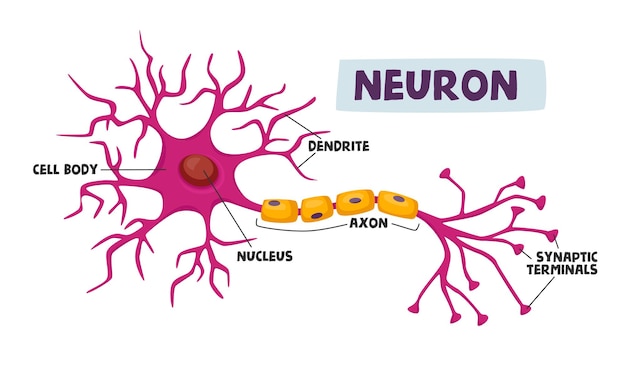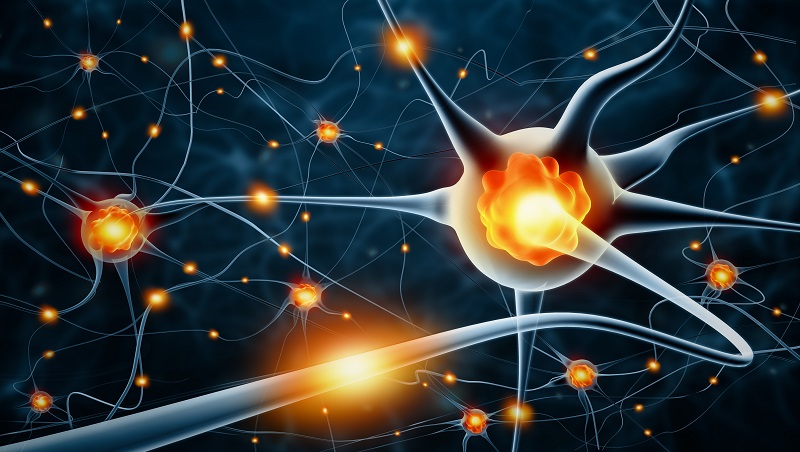
Current research is uncovering important new roles for glia in brain function.

Researchers have known for a while that glia transport nutrients to neurons, clean up brain debris, digest parts of dead neurons, and help hold neurons in place. The brain contains at least ten times more glia than neurons. For example, membrane proteins are localized to axons or dendrites in neurons and to apical or basolateral surfaces in epithelial cells. In the brain, the glia that make the sheath are called oligodendrocytes, and in the peripheral nervous system, they are known as Schwann cells. This sheath is made by specialized cells called glia. Many axons are covered with a layered myelin sheath, which accelerates the transmission of electrical signals along the axon. When neurons receive or send messages, they transmit electrical impulses along their axons, which can range in length from a tiny fraction of an inch (or centimeter) to three feet (about one meter) or more. The dendrites are covered with synapses formed by the ends of axons from other neurons. Synapses are the contact points where one neuron communicates with another. The axon extends from the cell body and often gives rise to many smaller branches before ending at nerve terminals.ĭendrites extend from the neuron cell body and receive messages from other neurons. The cell body contains the nucleus and cytoplasm. Each mammalian neuron consists of a cell body, dendrites, and an axon. The mammalian brain contains between 100 million and 100 billion neurons, depending on the species. The brain is what it is because of the structural and functional properties of interconnected neurons. A stone or mineral on or in which are branching figures resembling shrubs or trees, produced by a foreign mineral, usually an oxide of manganese, as in the moss agate also, a crystallized. Synapses are the contact points where one neuron communicates with another. The function of the axon is to transmit information to different neurons, muscles, and glands. Dendrites extend from the neuron cell body and receive messages from other neurons. A neuron usually has a number of dendrites but only one axon, although this axon may have.

The axon extends from the cell body and often gives rise to many smaller branches before ending at nerve terminals. Neurons have specialised extensions called dendrites and axons.

The cell body contains the nucleus and cytoplasm. The axon and dendrite view can be combined with the disconnected view, which will results in up to four different colors being visible. Most neurons have a cell body, an axon, and dendrites. Neurons are cells within the nervous system that transmit information to other nerve cells, muscle, or gland cells. Kibiuk, Baltimore, MD Devon Stuart, Harrisburg, PA


 0 kommentar(er)
0 kommentar(er)
